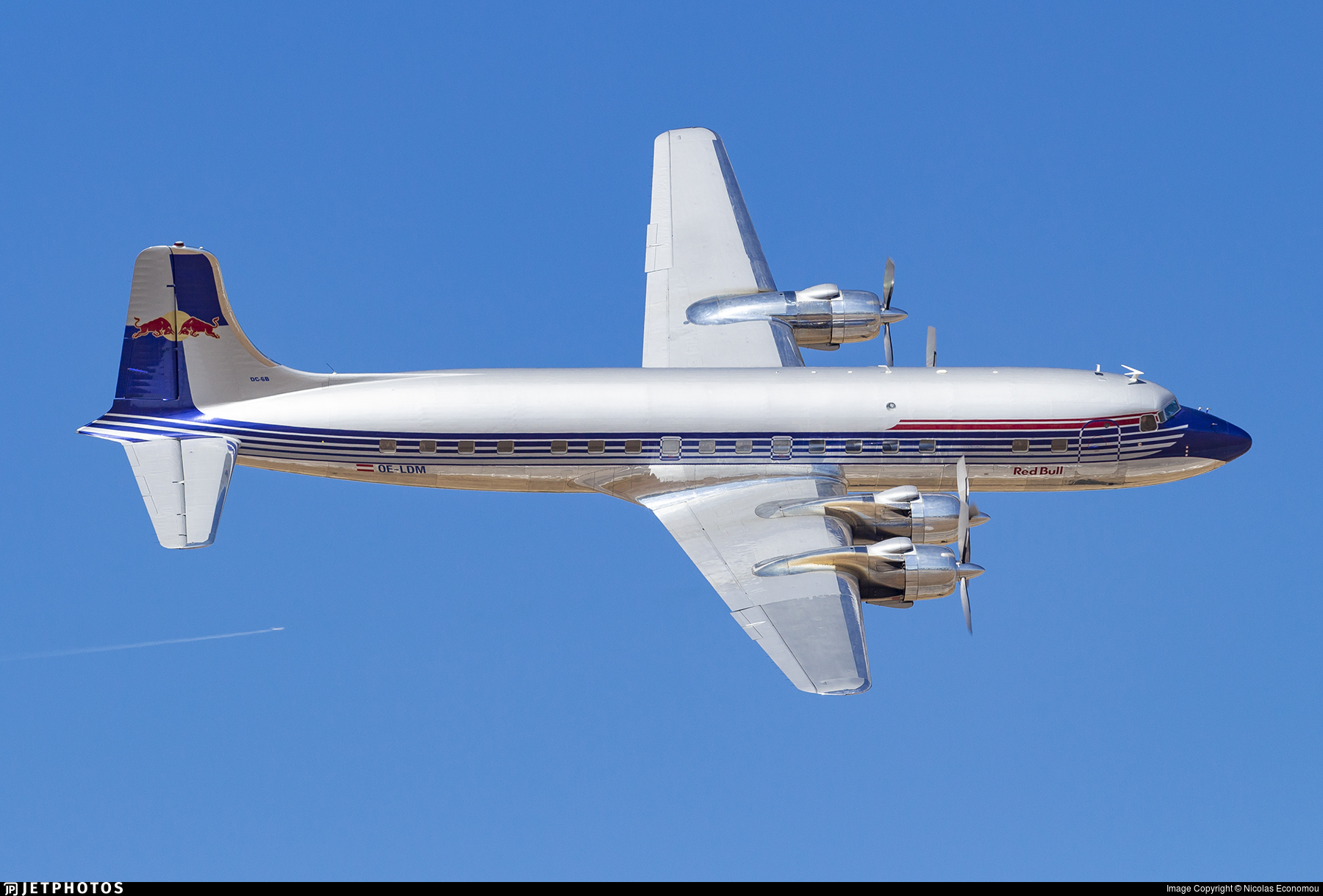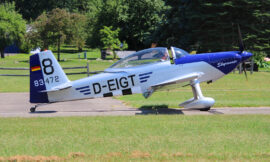The Douglas DC-6B is a notable aircraft in the history of aviation, known for its reliability, versatility, and impact on both commercial and military aviation. Developed by the Douglas Aircraft Company, the DC-6B was an evolution of the earlier DC-6 and played a significant role in the post-World War II expansion of air travel.
Design and Development
The Douglas DC-6 series was initially developed in response to a United States Army Air Forces (USAAF) request during World War II for a long-range transport aircraft. The prototype, known as the XC-112A, first flew in 1946, after the war ended. This initial military design was adapted for commercial use, leading to the creation of the DC-6.
The DC-6B, introduced in 1951, was an enhanced version of the DC-6 with several improvements designed to meet the needs of commercial airlines. Key enhancements included more powerful Pratt & Whitney R-2800 Double Wasp engines, increased fuel capacity for longer range, and a reinforced airframe for better performance and reliability. The DC-6B also featured a pressurized cabin, which allowed it to fly at higher altitudes, providing a smoother and more comfortable ride for passengers.
Performance and Capabilities
The DC-6B was equipped with four Pratt & Whitney R-2800-CB-16 engines, each producing 2,500 horsepower. This powerplant configuration allowed the aircraft to achieve a maximum speed of approximately 360 miles per hour (580 kilometers per hour) and a cruising speed of around 315 miles per hour (505 kilometers per hour). The aircraft had a range of about 4,984 miles (8,022 kilometers) with maximum fuel, making it suitable for long-haul flights.
The aircraft’s design included a large, spacious fuselage that could accommodate up to 102 passengers in a typical airline configuration. The DC-6B’s cargo version could carry significant loads, and the aircraft was renowned for its ability to operate from shorter runways, making it versatile in various operational environments.
Commercial Use
The DC-6B quickly became a favorite among airlines worldwide due to its reliability and performance. Major airlines such as American Airlines, United Airlines, Pan American World Airways (Pan Am), and Scandinavian Airlines System (SAS) operated the DC-6B extensively on both domestic and international routes. The aircraft’s long range and high capacity made it ideal for transcontinental and transatlantic flights, bridging continents and enhancing global connectivity in the 1950s and 1960s.
The DC-6B also gained a reputation for its safety and robustness. It was one of the first commercial aircraft to feature advanced safety systems, including fire detection and suppression systems in the engines, which contributed to its excellent safety record.
Military and Special Use
In addition to its commercial success, the DC-6B was adapted for various military and special missions. The United States Air Force and Navy used military versions of the aircraft, designated as the C-118 Liftmaster and R6D respectively. These aircraft were utilized for cargo transport, troop transport, and medical evacuation. The flexibility and reliability of the DC-6B made it a valuable asset for military operations.
Moreover, specialized versions of the DC-6B were developed for unique roles. For instance, the aircraft was used for scientific research, including atmospheric studies and geophysical surveys, due to its ability to operate at high altitudes and carry specialized equipment.
Legacy and Impact
The legacy of the Douglas DC-6B is significant in the annals of aviation history. Its introduction marked a period of growth and innovation in air travel, helping to make air transportation more accessible and reliable. The DC-6B’s impact on commercial aviation was profound, as it enabled airlines to offer more extensive and efficient services, connecting distant parts of the world.
The aircraft’s durability and adaptability also meant that many DC-6Bs remained in service long after newer jet aircraft were introduced. Some were converted to cargo planes or used in specialized roles well into the late 20th century. Even today, a few DC-6Bs are still flying, often in cargo or firefighting roles, demonstrating the lasting value of this classic airliner.
In conclusion, the Douglas DC-6B stands as a testament to the ingenuity and craftsmanship of the Douglas Aircraft Company. Its contributions to both commercial and military aviation underscore its importance in the evolution of air travel, and its enduring legacy continues to be appreciated by aviation enthusiasts and professionals alike.



